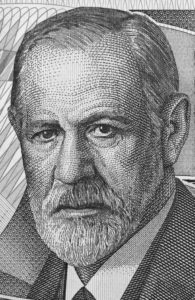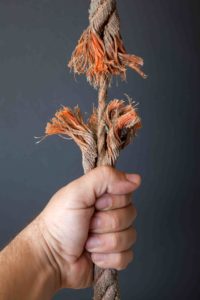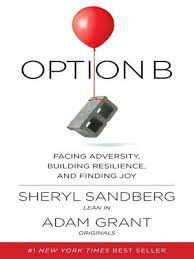The medical model of grief and grieving

When I examine the research evidence about staying connected, I discover that my friend’s grieving response aligns with a now-outdated model of grief, built on the early notions of Sigmund Freud. (Later she is to tell me that that was not really the case for her. She consciously “locked her heart” to keep unfathomable pain at bay.)
The Breaking bonds model

For Freud and his followers, however, this so-called “medical model” relies on assumptions about the separation between life and death. Freud believed that the work of grief involved disengaging the ego from attachment to the departed one, resulting in resolution, recovery, reintegration and, ultimately, a sense of equilibrium. Many psychologists call Freud’s approach the “breaking-bonds” model. Freud argued that people who did not break bonds could experience “complicated grief”.
THE Breaking-bonds model IS discredited
By the early 1990s, researchers and many practicing psychologists had largely discredited the “breaking-bonds” model. In fact, that model had credence among academic psychologists but was largely disregarded by those actually working with grieving people. They recognized the vast range of ways we respond to the death of a loved one – particularly the death of a close person, such as a spouse. Not only do many people long to stay connected, but also, on balance, staying connected results in better outcomes for the grieving person.
Resilient grieving
Recently, some helpful books have linked grief with resilience. A popular one, Option B: Facing Adversity, Building Resilience, and Finding Joy (Sandberg and Grant, 2017) lists several concrete steps we can take to recover and rebound. While this book is helpful, it does not touch on continuing bonds and ignores the spiritual dimensions of grief. I did learn that highly resilient individuals may have stronger coping skills and are less likely to struggle with the long-term consequences of trauma than some others, but they are also less likely to experience opportunities for change and spiritual development that result from wrestling with trauma.
I worked out that “wrestling” with pain and loss — and ultimately accepting them — were necessary steps in my healing process. They were gateways I had to pass through. For me, working through these issues worked best when I stayed close to Karl.

A new book by Lucy Hone revived my interest in resilient grieving: Resilient Grieving: Finding Strength and Embracing Life after a Loss that Changes Everything (2017). I’d had a loss that changed everything, and I was eager to learn how to navigate and manage it. Lucy Hone’s tender and heartfelt book, covering much of the same “psychological” ground as Sandberg and Grant’s, is a valuable complement to our book. Resilient Grieving emphasizes resilient friendships and strategies, as well as the importance of social support.
While she only nods in the direction of the spiritual dimensions of grieving, Hone strengthens and expands the case for using our inherent capacity for growth to deal with grief. Significantly, she devotes a whole chapter to “The Continuing Bond”. For her, part of our relationship with our departed loved one is still alive.

Back to challenging Freud
While many modern researchers now strongly disagree with the need to break bonds with the deceased, they agree that it’s best if our continuing bonds are abstract and not concrete. There are many ways to grieve, and grief is not a unitary process to be successfully navigated. Maintaining a connection with a loved one is healthy, so long as we are not deluded. If in listening to Karl, I believe that he is still alive (a concrete bond), I need help urgently. However, my abstract bond can be beneficial and a healthy part of our ongoing life.

Our continuing connection can yield many benefits, including these: validation of our relationship with our loved ones; our ability to assimilate the deaths of other loved ones; a resolution of feelings of helplessness; release from pain and grief; helping us determine our values, attitudes and behavior choices; helping us establish meaning and direction for our future; and substituting isolation with communication. Healing and optimism were also benefits that I experienced.
Storytelling
Research also reveals the potent benefits of mindfulness and storytelling. Valuable ways to stay connected include renewing our loved one’s life story, recognizing how they were meaningful in our lives, deriving a sense of meaning from their lives, and using ceremony to include them in our lives. Devising our rituals involving objects that link us symbolically with our loved ones was also beneficial, as were our celebrations that we could translate into affirmative action. (You will find more on that in Chapter 10.)
As I considered how to “renew Karl’s story”, I realized that I had a large number of his university essays. A current project of mine is to create an edited collection of his academic writing, with framing essays by academics and colleagues who loved him.

